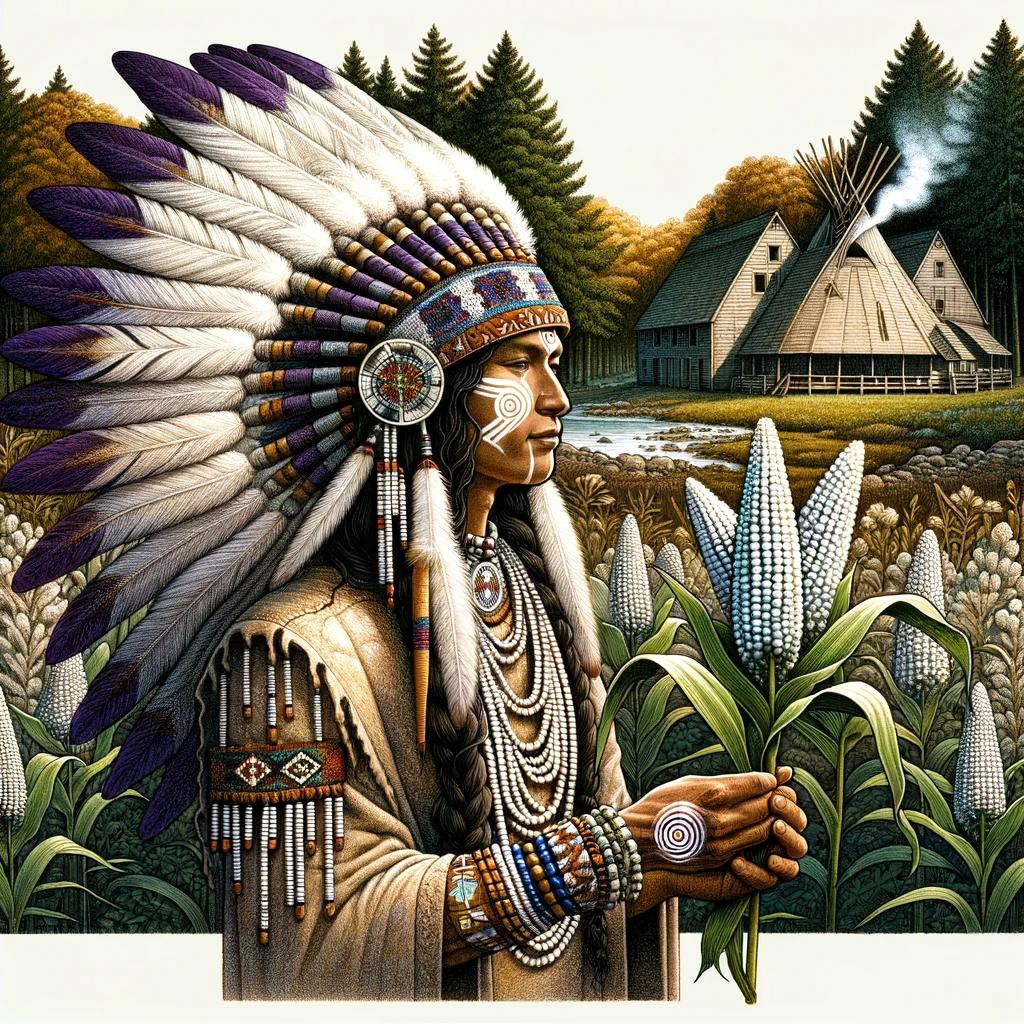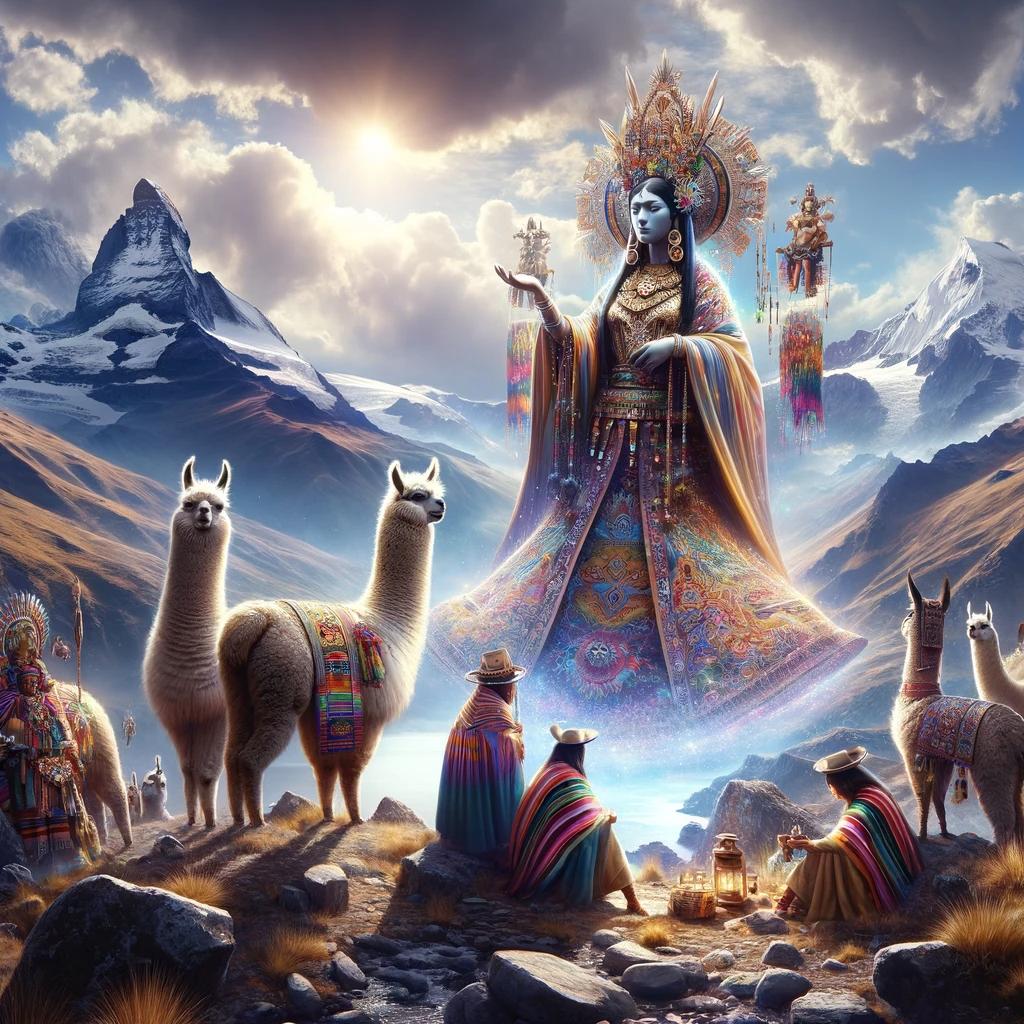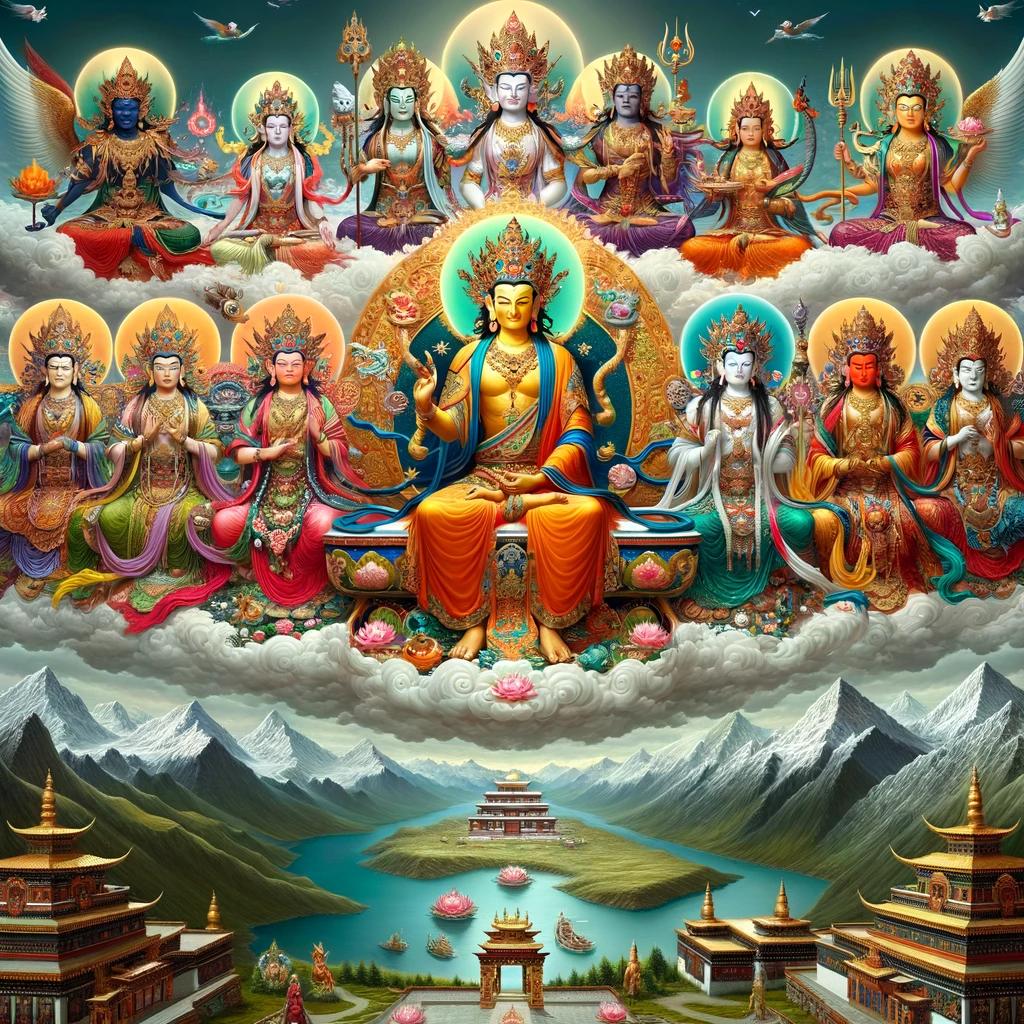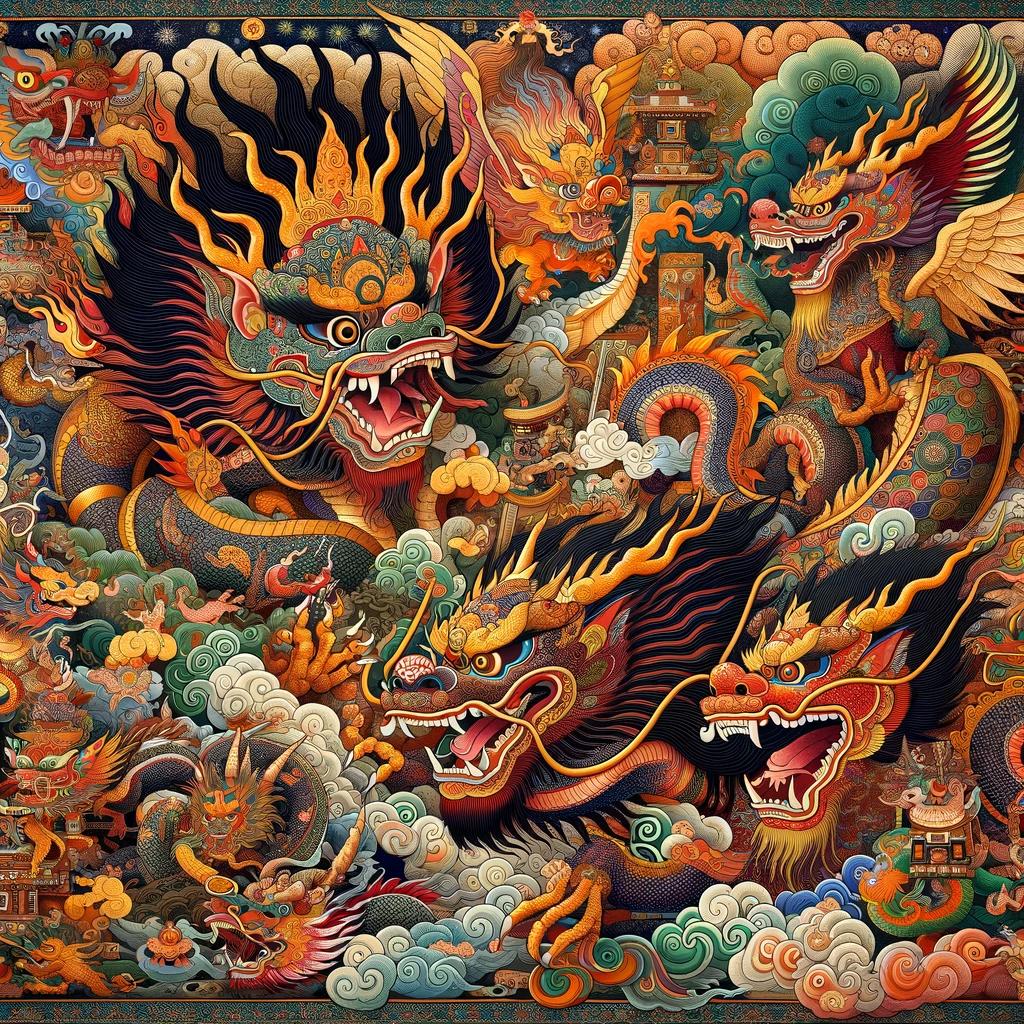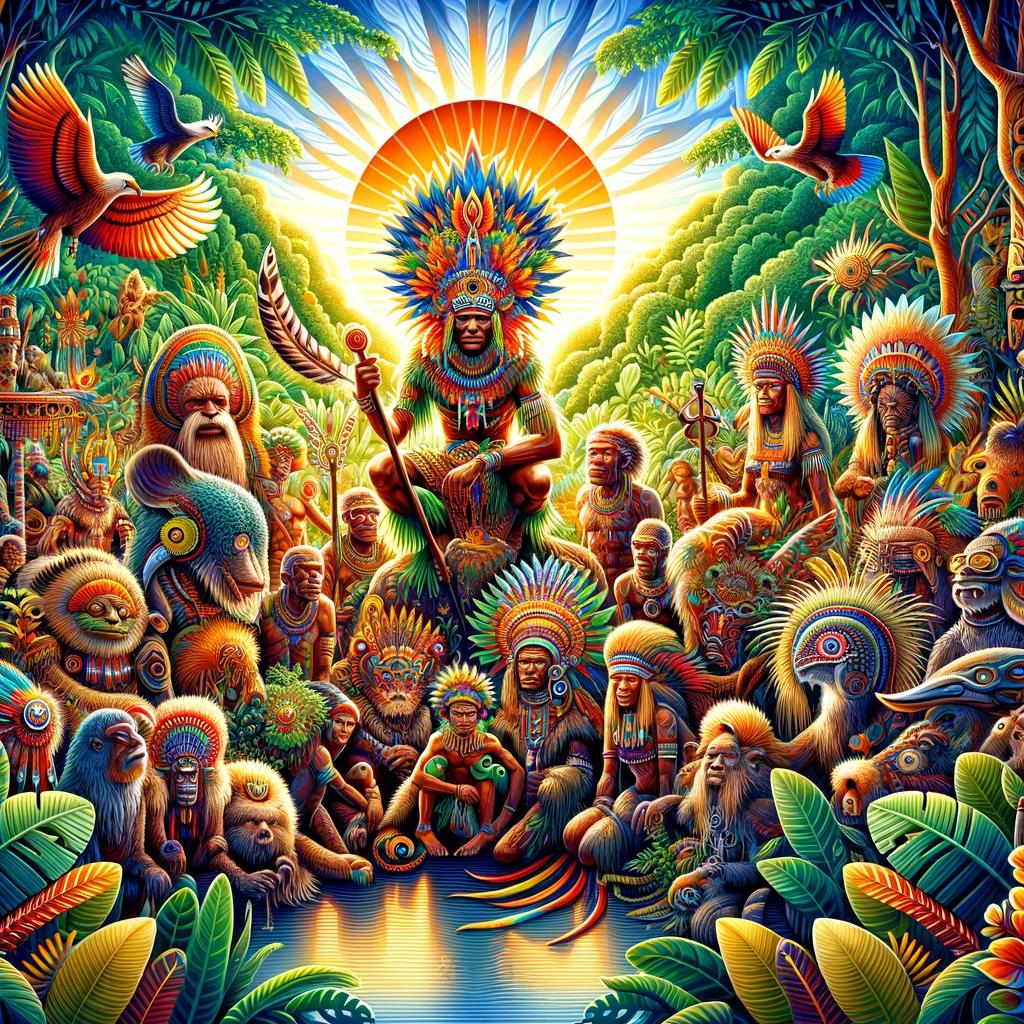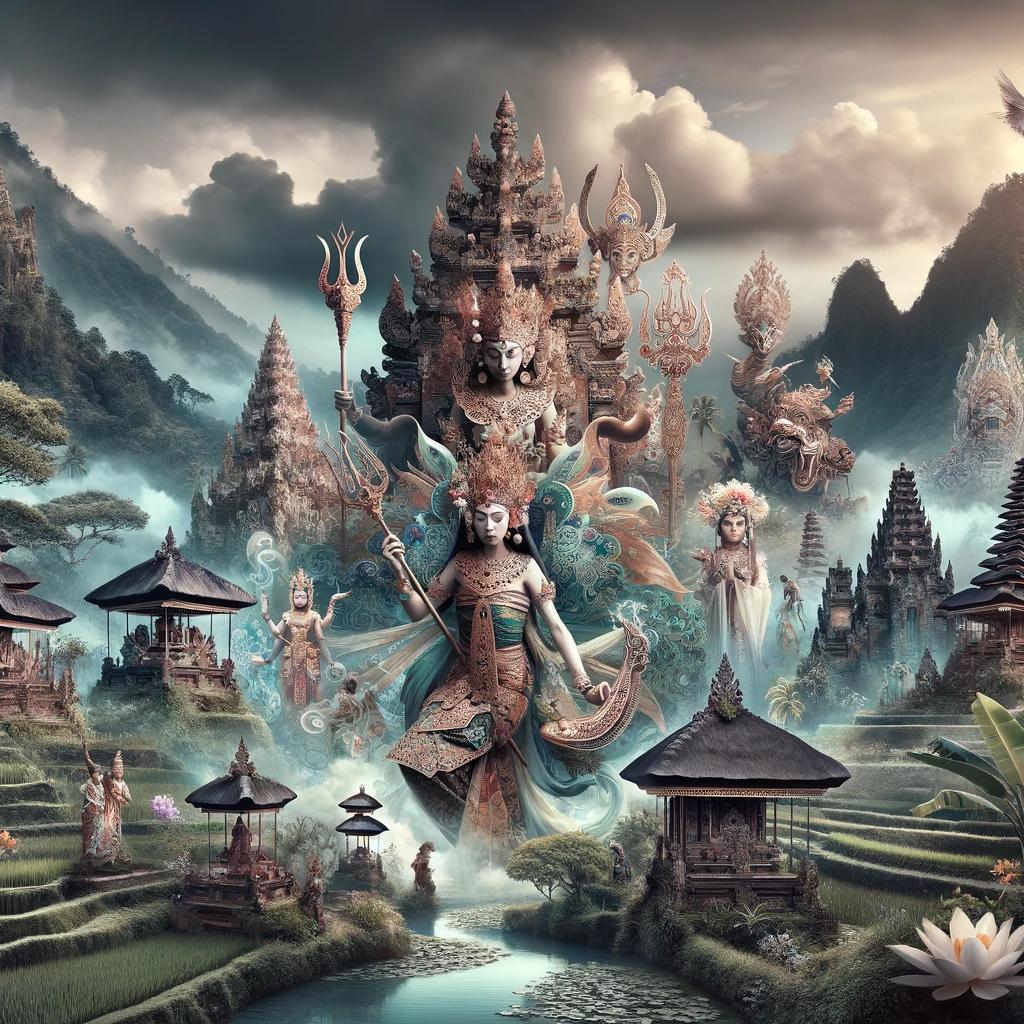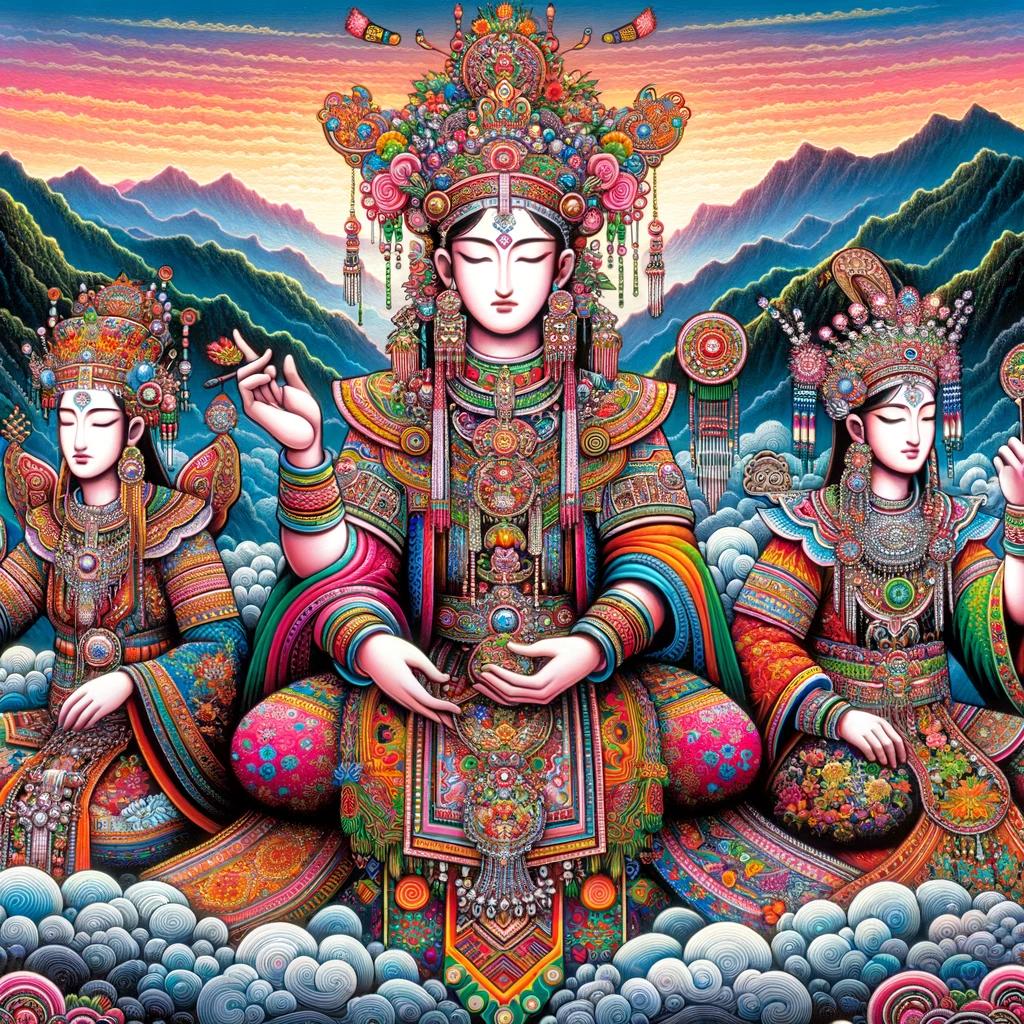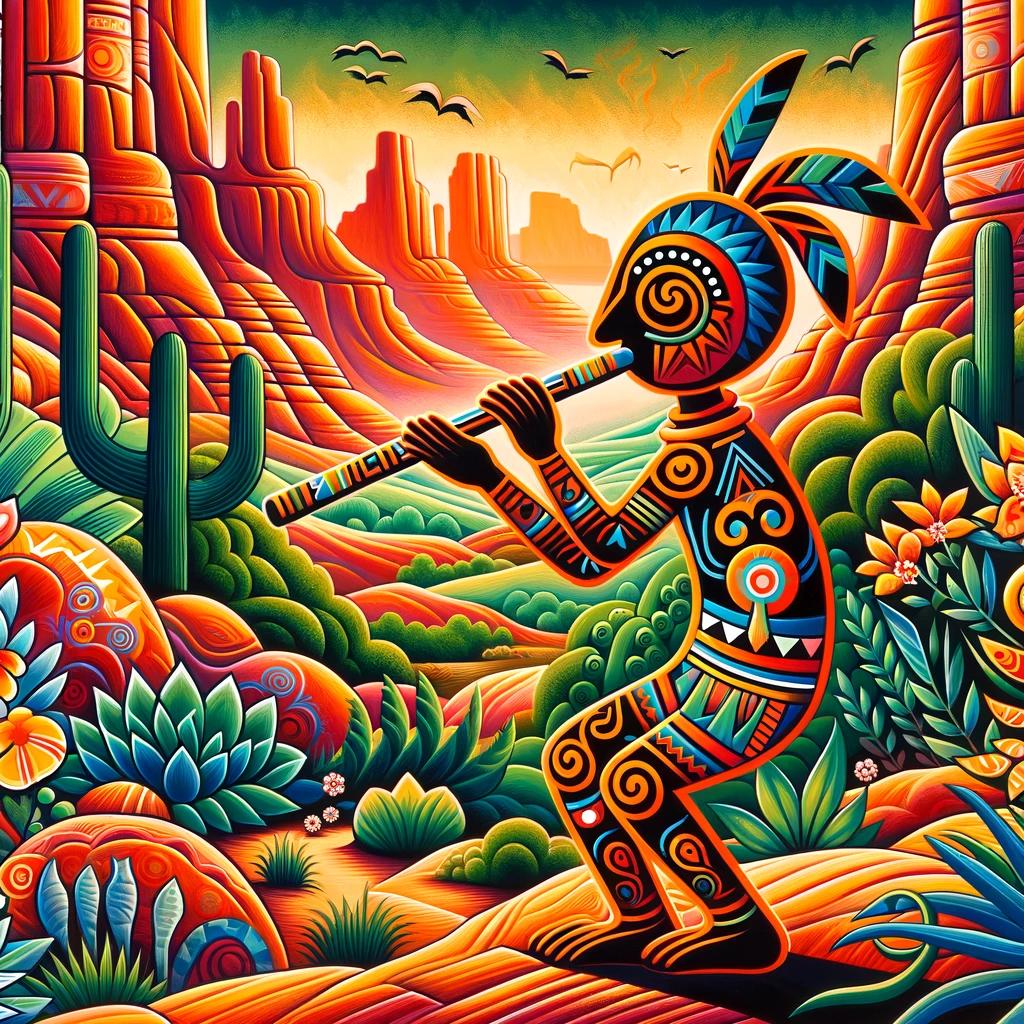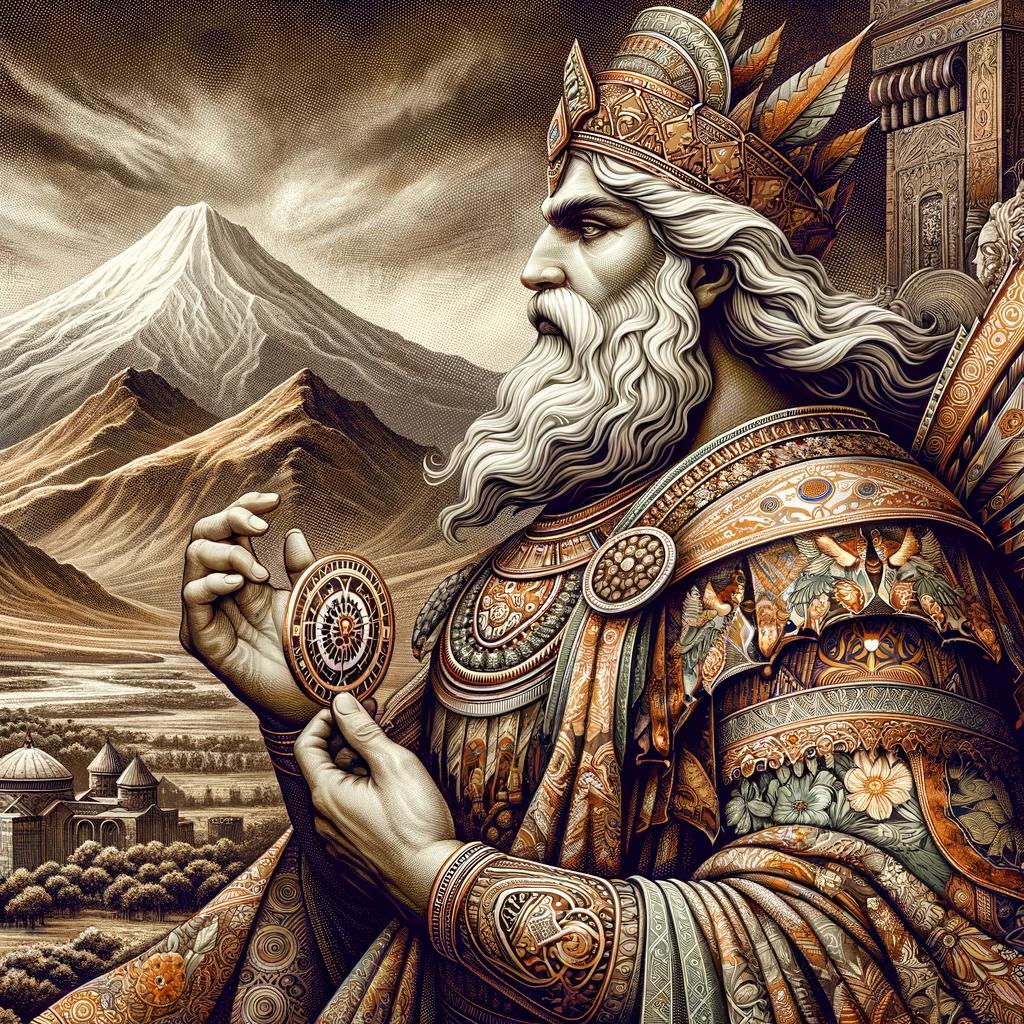Iroquois Mythology Gods and Goddesses: Exploring the Divine Beings of Native American Tradition
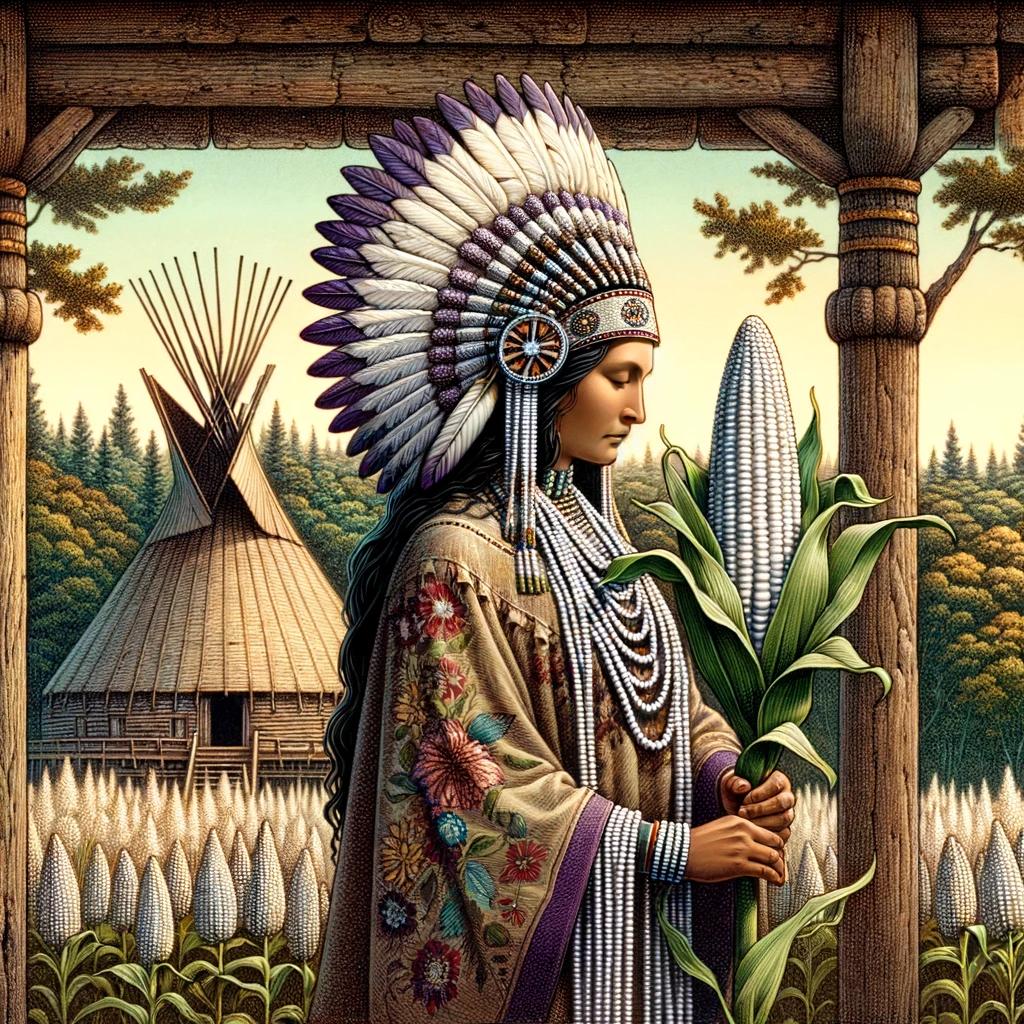
Iroquois mythology gods and goddesses are a significant part of the rich Native American tradition. This article provides an overview of Iroquois mythology, exploring creation myths and the major deities.
It also delves into the oral tradition and cultural preservation of these stories, highlighting the challenges in studying and interpreting them. Additionally, it examines the role of mythology in Iroquois life, its influence on other Native American and global mythologies, and the educational and entertaining aspects of these mythological tales.
Iroquois Mythology: A Rich Native American Tradition
Iroquois mythology holds a prominent place within the diverse tapestry of Native American traditions. Rooted in centuries of oral storytelling, these captivating myths weave together the ancient beliefs, customs, and values of the Iroquois people.
This section provides an overview of the intriguing world of Iroquois mythology, exploring its key elements and significance in their culture.
Overview of Iroquois Mythology
Iroquois mythology is a vast and complex system of beliefs that encompasses creation stories, legendary beings, and moral teachings. It serves as a foundational framework for understanding the world, its origins, and the relationships between humans, nature, and the divine.
Through oral transmission, these myths have been passed down through generations, preserving the rich heritage of the Iroquois people.
Significance and Importance of Gods and Goddesses
The gods and goddesses of Iroquois mythology play a crucial role in shaping their worldview and guiding their moral compass. These deities represent various aspects of the natural world, embodying both benevolence and power.
They are revered as guardians, teachers, and spiritual intermediaries, offering wisdom, protection, and blessings to the Iroquois community. Their stories and symbolism reflect the values of unity, harmony, and respect for all living beings.
By exploring the depths of Iroquois mythology, one can gain profound insights into the interconnectedness of human existence and the enduring wisdom of their ancestral traditions. Join us in delving into the captivating realm of Iroquois mythology and discovering the rich tapestry of gods and goddesses that shape their vibrant culture.
Creation Myths: Exploring the Origins of the Universe
The creation myths in Iroquois mythology provide fascinating insights into the origins of the universe and the beings that inhabit it. Two prominent creation stories are Hawëni:yo’ and the Creation of the New World and Sky Woman and the Birth of the Twin Gods.
Hawëni:yo’ and the Creation of the New World
In the account of Hawëni:yo’, the universe is brought into existence through the powerful thoughts and actions of the divine entity. Hawëni:yo’ creates a new world from a concept formed on a floating island above the clouds.
This story emphasizes the creative power and intentionality behind the formation of the universe.
Sky Woman and the Birth of the Twin Gods
The story of Sky Woman revolves around the birth of the Twin Gods, who play a significant role in Iroquois mythology. Sky Woman, also known as Ata-en-sic, falls from the celestial realm onto the back of a turtle.
Here, she gives birth to twins who grow up to become powerful and influential deities. This creation myth highlights the interconnectedness between the celestial and earthly realms.
These creation myths offer profound insights into the Iroquois understanding of the origins of the universe, demonstrating the spiritual significance and complex narratives of their cosmology.
Major Gods and Goddesses in Iroquois Mythology
Within Iroquois mythology, a pantheon of powerful deities holds great significance and plays integral roles in the spiritual beliefs of the Native American culture. These divine beings embody various aspects of nature, creation, protection, healing, and guidance.
Explore the fascinating tales and characteristics of the following major gods and goddesses:
Godasiyo: The Powerful and Wise Deity
Godasiyo, revered for his immense power and wisdom, is a central figure in Iroquois mythology. He wields authority and knowledge, guiding his people and instilling harmony within the natural world.
Adekagagwaa: The Protector of the Natural World
Adekagagwaa assumes the vital role of safeguarding the environment and all its creatures.
This deity ensures the balance and preservation of the delicate ecosystems, teaching humans the importance of respecting and cherishing nature.
Dajoji: The Goddess of Dawn and New Beginnings
As the goddess of dawn, Dajoji ushers in new beginnings and heralds the arrival of each day. She symbolizes hope, renewal, and the promise of a fresh start, inspiring individuals to embrace opportunities and embrace the beauty of each morning.
Eithinoha: The Enchanting Spirit of Nature
Eithinoha embodies the enchanting spirit of nature, captivating all with her ethereal beauty and mystique. She personifies the ecosystems, plants, and creatures, highlighting their inherent magic and reminding humans of the interconnectedness of all living beings.
Ga Gaah: The Divine Guardian of Animals
Ga Gaah assumes the vital role of the divine guardian of animals, protecting and watching over the various wildlife species that inhabit the lands. This deity promotes harmony between humans and animals, emphasizing the importance of compassion and coexistence.
Gaoh: The Ruler of the Spirit World
Gaoh presides over the spirit world, serving as its ruler and mediator between mortal and divine realms. With profound spiritual insight, Gaoh guides souls on their journey and ensures a balance between the physical and spiritual planes.
Gunnodoyak: The Deity of Healing and Herbal Medicine
Gunnodoyak holds dominion over healing and herbal medicine, possessing vast knowledge of the medicinal properties and therapeutic benefits of plants. This deity teaches the Iroquois people the art of healing, emphasizing the harmony between the body, mind, and spirit.
Hahgwehdaetgah: The Creator of the First Human
Hahgwehdaetgah, the creator of the first human, holds a pivotal role in Iroquois mythology. With divine craftsmanship, this deity shaped the original human form from the elements, bestowing life and guiding humanity towards growth and enlightenment.
Hahgwehdiyu: The Wise and Compassionate Earth Mother
Hahgwehdiyu, revered as the earth mother, nurtures and sustains all life on Earth. Her wisdom and compassion guide her children, providing them with warmth, nourishment, and a profound connection to the land.
Hinu: The Goddess of Harvest and Agriculture
Hinu presides over the realm of harvest and agriculture, overseeing the bountiful crops that sustain the Iroquois communities. This goddess embodies abundance and fertility, teaching the importance of sustainable farming practices and gratitude for the gifts of the Earth.
Onatah: The Spiritual Guide and Protector of Souls
Onatah serves as the spiritual guide and protector of souls, guiding individuals on their spiritual journey and ensuring their safe passage into the afterlife. This deity imparts wisdom, comfort, and spiritual enlightenment to those seeking solace and transcendence.
Sosondowah: The Messenger Between Humans and the Divine
Sosondowah acts as the messenger between humans and the divine, bridging the gap between mortal existence and the ethereal realms. This deity carries prayers, requests, and messages to the gods and facilitates communication and divine intervention in human affairs.
Flying Head: The Mysterious and Mischievous Spirit
The Flying Head, a mischievous and enigmatic spirit, roams the realms with its shape-changing abilities. Often associated with storms and thunder, this spirit exemplifies the unpredictable forces of nature, reminding humans of their place within the vastness of the world.
Gendenwitha: The Goddess of Love and Beauty
Gendenwitha personifies love and beauty, illuminating the world with her grace and charm. This goddess inspires affection, fosters harmonious relationships, and
Oral Tradition and Cultural Preservation
Oral tradition holds a significant place in Iroquois culture, playing a vital role in the preservation and transmission of mythological tales from one generation to another. The art of storytelling is deeply ingrained in the fabric of Iroquois society, serving as a way to pass down historical narratives, moral teachings, and spiritual beliefs.
The Art of Storytelling in Iroquois Culture
In Iroquois culture, storytelling is regarded as a sacred and revered practice. Skilled storytellers, known as Hage’ota, were responsible for learning and memorizing the intricate details of the myths and legends.
These narrators utilized poetic and metaphorical language to captivate their audience, infusing each story with depth and meaning.
Through storytelling, the Iroquois conveyed their understanding and perception of the world and instilled values, laws, and acceptable behaviors within their communities.
These tales served as both educational and entertaining experiences, allowing individuals to connect with their cultural heritage.
Transmissions of Myths and Legends Through Generations
Transmitting myths and legends from one generation to the next was a sacred duty for the Iroquois. The stories were shared orally, with each retelling adding nuances and variations based on the specific locality and era.
This oral tradition spanned centuries and served as a powerful tool for preserving the cultural identity of the Iroquois people.
As stories were recounted, listeners actively participated by engaging their imaginations, visualizing the vivid imagery, and absorbing the moral lessons embedded within each narrative.
This intergenerational transmission facilitated a strong sense of communal identity and reinforced the values and beliefs that held the Iroquois society together.
The Role of Wampum in Preserving Iroquois Mythology
In addition to oral transmission, wampum played a crucial role in preserving Iroquois mythology. Wampum, made from intricately carved seashells, served as both a form of storytelling and a method for recording historical events.
Wampum belts, strings, and beaded patterns were used to convey specific myths, genealogies, and important cultural information.
Wampum belts became cherished possessions, passed down through generations as historical records and symbols of cultural heritage.
The intricate patterns and designs on these belts held significant meaning, encapsulating the essence of the myths and legends they represented.
Through a combination of oral tradition and the use of wampum, the Iroquois have been able to preserve and safeguard their rich mythology, ensuring that their cultural heritage and ancestral wisdom continue to be cherished and celebrated in the present day.
Interpretations and Challenges in Studying Iroquois Mythology
Exploring the complexities of Iroquois mythology presents various interpretations and challenges that researchers encounter in their studies.
Translation Difficulties and Loss of Expressive Qualities
The rich and nuanced expressions embedded within the oral tradition and original Iroquois language can often be lost in translation. Written versions may struggle to capture the expressive qualities, poetic elements, and cultural nuances present in the oral storytelling tradition.
Influence of Christianity on Written Versions
With the arrival of Christian missionaries, the historical accounts of Iroquois mythology were often influenced or filtered through a Christian lens. This Christianization could have altered the written versions of the myths and legends, potentially compromising their authenticity and original cultural context.
Scarcity of Authentic Materials and Poetic Interpretations
Authentic sources of Iroquois mythology are scarce, leading to reliance on various written accounts and interpretations from different authors. Many of these accounts may incorporate poetic interpretations and literary embellishments, which can diminish their value as accurate representations of the original myths and legends.
It is crucial for researchers to navigate these challenges and approach the study of Iroquois mythology with sensitivity, cultural understanding, and a critical lens to ensure the preservation and accurate analysis of these ancient traditions.
The Role of Mythology in Iroquois Life
Mythology holds a significant role in the fabric of Iroquois life, serving as a tool for cultural preservation, conveying values, laws, and acceptable behaviors within Iroquois communities, and providing entertainment and education through mythological stories.
Mythology as a Tool for Cultural Preservation
For the Iroquois people, mythology plays a crucial role in preserving their rich cultural heritage. These mythological narratives pass down from generation to generation, ensuring the transmission of traditional knowledge, history, and spiritual beliefs.
By retelling these stories, the Iroquois are able to maintain a strong sense of cultural identity and reinforce their collective consciousness.
Values, Laws, and Acceptable Behaviors in Iroquois Communities
Iroquois mythology provides a moral framework for Iroquois communities, encapsulating their values and guiding principles. Through stories and legends, the Iroquois learn about concepts such as respect, harmony with nature, cooperation, and social responsibility.
This mythological code of conduct shapes their relationships with others and informs their decision-making processes, fostering a cohesive and harmonious society.
Entertaining and Educational Aspects of Mythological Stories
Aside from its cultural and moral significance, Iroquois mythology also serves as a source of entertainment and education. The captivating stories featuring gods, goddesses, and legendary beings are not only fascinating but also convey important life lessons and teachings.
These stories, often shared during social gatherings and ceremonies, entertain and engage listeners while transmitting valuable knowledge about the natural world, history, and spiritual beliefs.
Influence on Native American and Global Mythologies
The mythology of the Iroquois people has had a significant impact on both Native American mythologies and global mythologies as a whole.
Comparisons with Other Native American Mythologies
Iroquois mythology shares certain similarities and themes with other Native American mythologies. Common elements include creation stories, nature deities, and the importance of balance and harmony in the world. By studying these similarities, we can gain a deeper understanding of the cultural interconnectedness among different Native American tribes.
Cross-cultural Connections and Influences
Iroquois mythology has not only influenced other Native American mythologies but has also had an impact on various global mythologies. Through cultural exchanges and interactions with other tribes and cultures, the Iroquois mythology has contributed to the development of mythological themes and beliefs across different societies, fostering a rich tapestry of cross-cultural connections and influences.
Mythological Themes in Modern Indigenous Populations
The enduring legacy of Iroquois mythology can be seen in modern indigenous populations. Many Native American tribes, inspired by the wisdom and teachings of Iroquois deities, continue to incorporate mythological themes into their cultural practices, rituals, and storytelling.
These myths serve as a way to preserve cultural identity, pass down traditional knowledge, and reinforce the values and beliefs of their respective communities.
.

